Basics of measurements
From the point of view of interpretation, the question now naturally arises: "What are we really measuring"? And as a further question: "Can the heart - i.e. a very endurance-oriented supply organ - serve as a source of information for load control for people who do not participate in endurance sports?"
To answer these questions, we need to consider what we are actually measuring with heart rate variability and how this can be meaningfully interpreted!
The function of the heart
Supposedly, we detect the function of the heart. The cardiovascular system, however, is subject to very complex control processes, as it must - to put it simply - supply every single cell with blood at all times. If this supply is interrupted (at least for some time), the unsupplied cells die (heart attack, stroke, lung infarction, ...). For this reason, there are a large number of "measuring sensors" distributed throughout the body, which provide important information in order to use the local condition as a basis for control processes. This is to ensure that blood permanently reaches all cells. The sensors record, among other things, oxygen saturation and CO2 saturation in the blood, the pH value of the blood, blood pressure, pressure in the chest cavity, pressure and shear forces on the heart, ...
The heartbeat itself is primarily generated by the sinus node as the clock generator. This sits at the top of the atrium of the heart and generates an electrical impulse that travels along the heart via the atria and the ventricles, causing contraction from the apex of the heart. This basic rhythm is very rigid. It has essentially no variability. So here the HRV would be quasi "zero".
The vegetative counterparts
In order to supply the organism optimally, however, influences from the sensors in the cardiovascular system act on this basic rhythm, leading to acceleration or deceleration of the heartbeats. These influences are mediated as responses to the sensor information via the autonomic nervous system. Two counterparts in the autonomic (vegetative) nervous system are responsible for eliciting these regulatory impulses. Under the influence of the sympathetic nervous system, there is an acceleration of the heart rate and a decrease in variability. Its counterpart, the parasympathetic nervous system, causes a decrease in heart rate and, above all, a higher variability. Both have an influence almost always and are in their relationship to each other of high importance for the HRV.
When we are not under stress (no stress, no physical strain), the regulatory processes triggered by the sensory system in the organism can take place very quickly and, above all, with high quality. This means a very high heart rate variability, because - quasi in real time - the timing of the heartbeats is modulated. The parasympathetic nervous system can have a regulative effect from beat to beat with a high degree of influence.
Under the influence of stress (physical or mental stress) - and this also applies after a stress situation in the phase of stress processing - these regulatory processes hardly or not at all penetrate to the heart, resulting in a more or less strong dominance of the rigid sinus-node rhythm. Thus, heart rate variability is low. During stress processing, HRV then increases successively - according to the regeneration state.
Interpret HRV correctly
A high HRV therefore means a good condition as a snapshot, if I manage high values again and again, my basic function is very good and the biological age is low.
A low HRV means a high load at the moment, systematically low values mean a limited function and thus a high bio-age.
So what are "good" and "bad" values? Since HRV decreases with age and is additionally co-determined by genetic conditions, this question is not quite so easy to answer.
For people between the ages of 30 and 40, the following applies approximately:
<20msec = bad 20-40msec = enough 40-60msec = good >60msec = very good
The younger people are, the significantly higher the values must be; if people are older, they may be somewhat lower. Overall, however, the goal is to maintain one's HRV at as high a level as possible and/or to improve the level.
Factors influencing HRV
The main factors influencing HRV in negative and positive forms are:

Optimizing the individual situation in the area of the "green arrows" can lead to an improvement of the HRV. The accompanying relief is caused by a higher activity of the parasympathetic nervous system, which can also dampen the effect of the sympathetic nervous system!



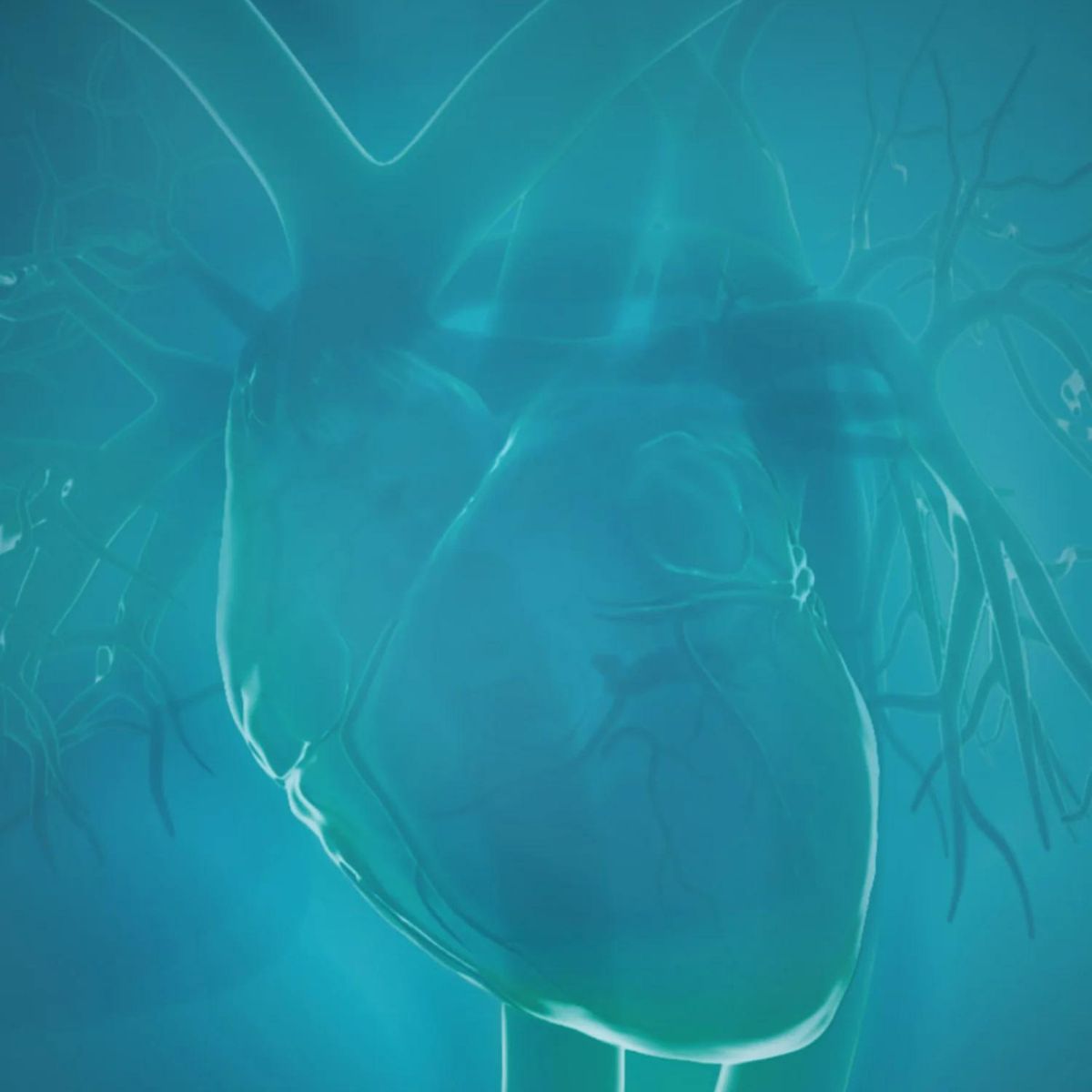




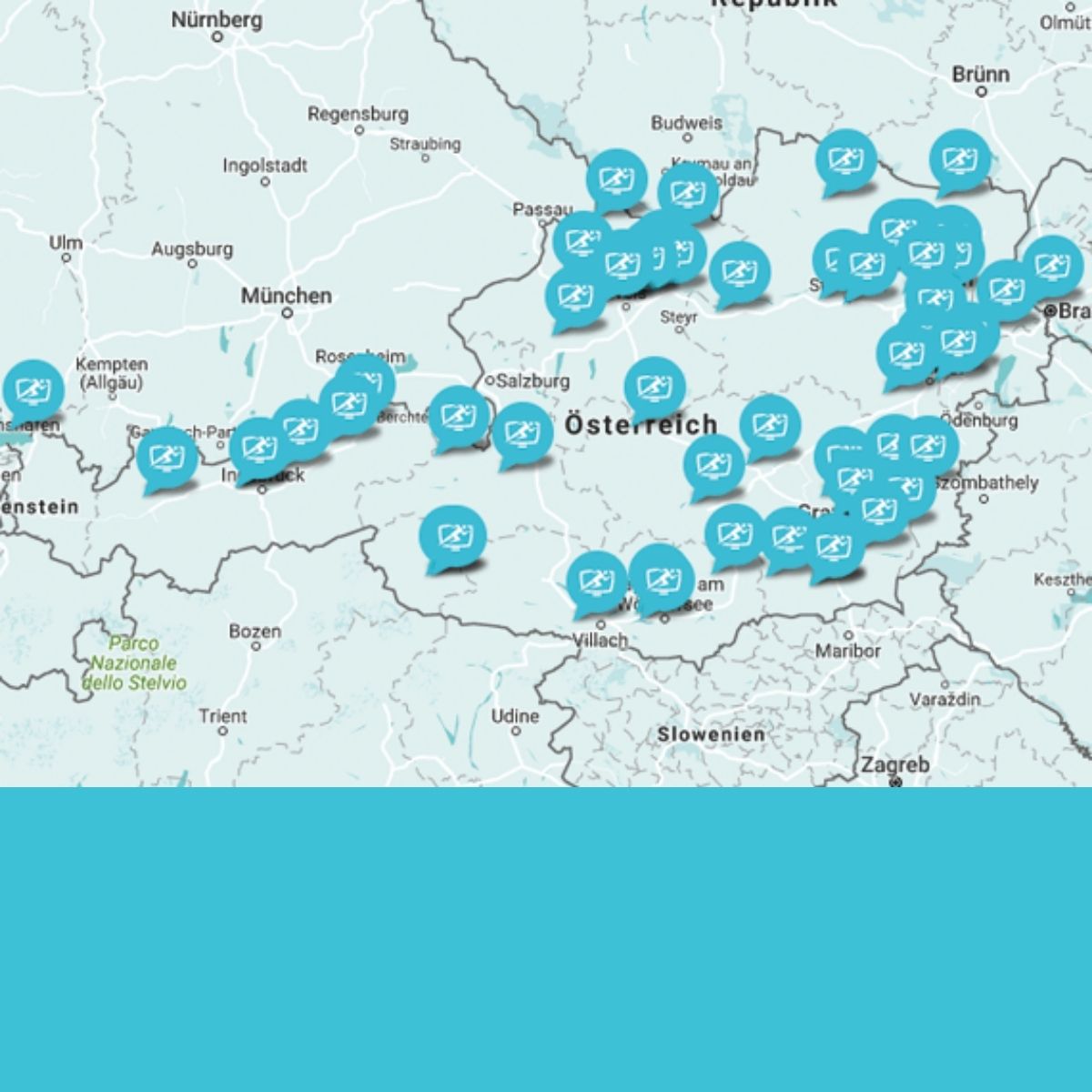

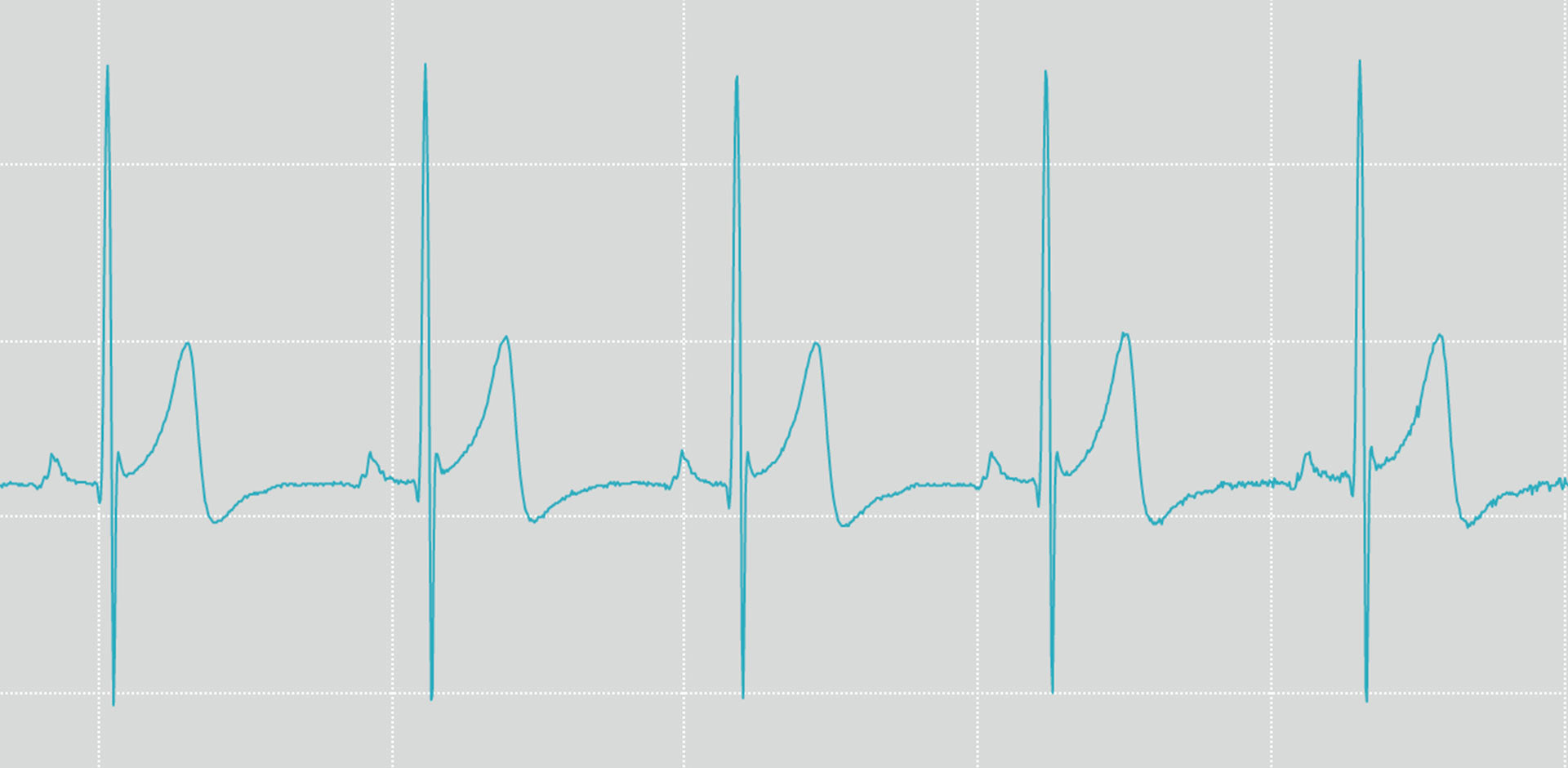
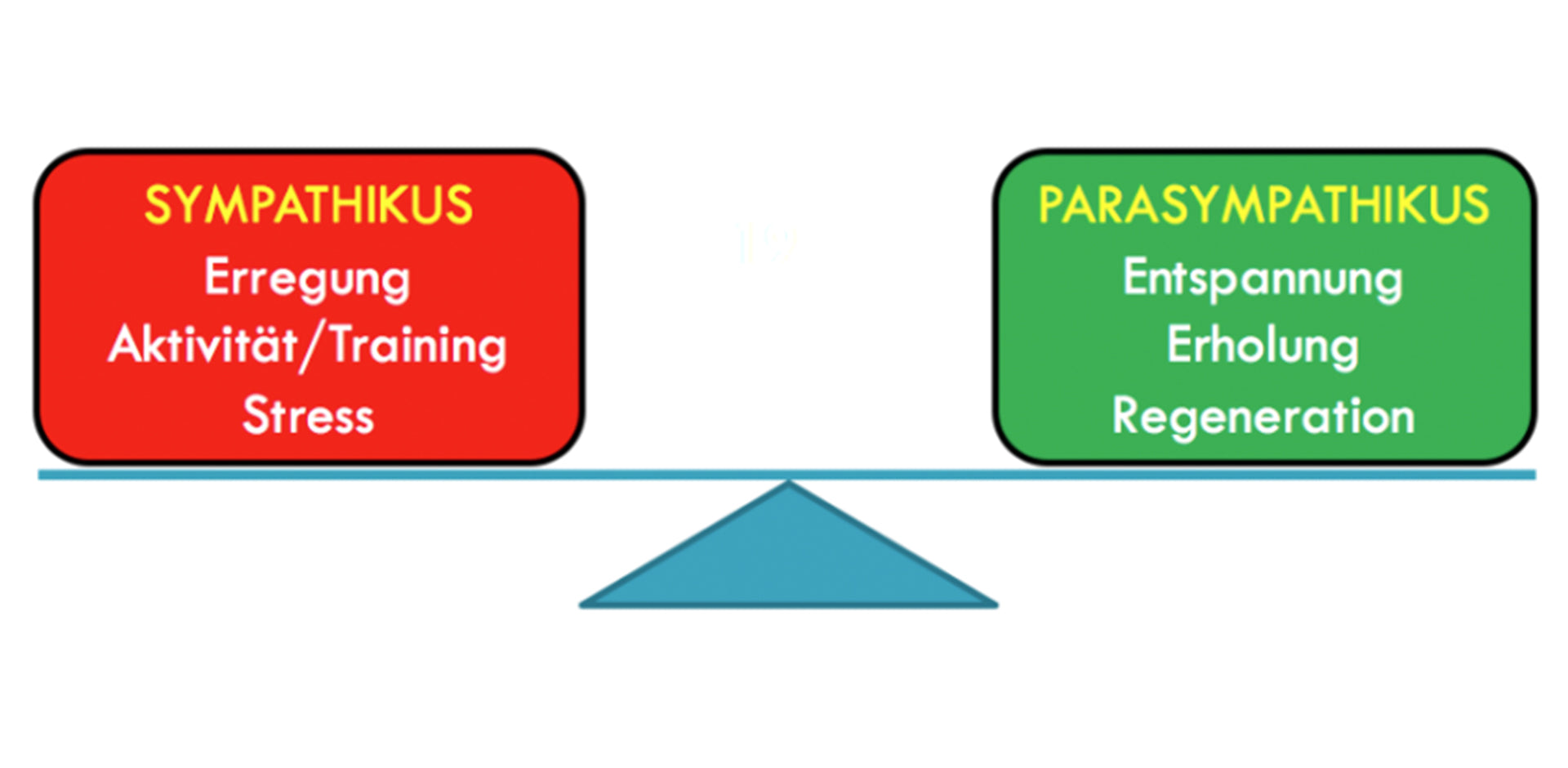



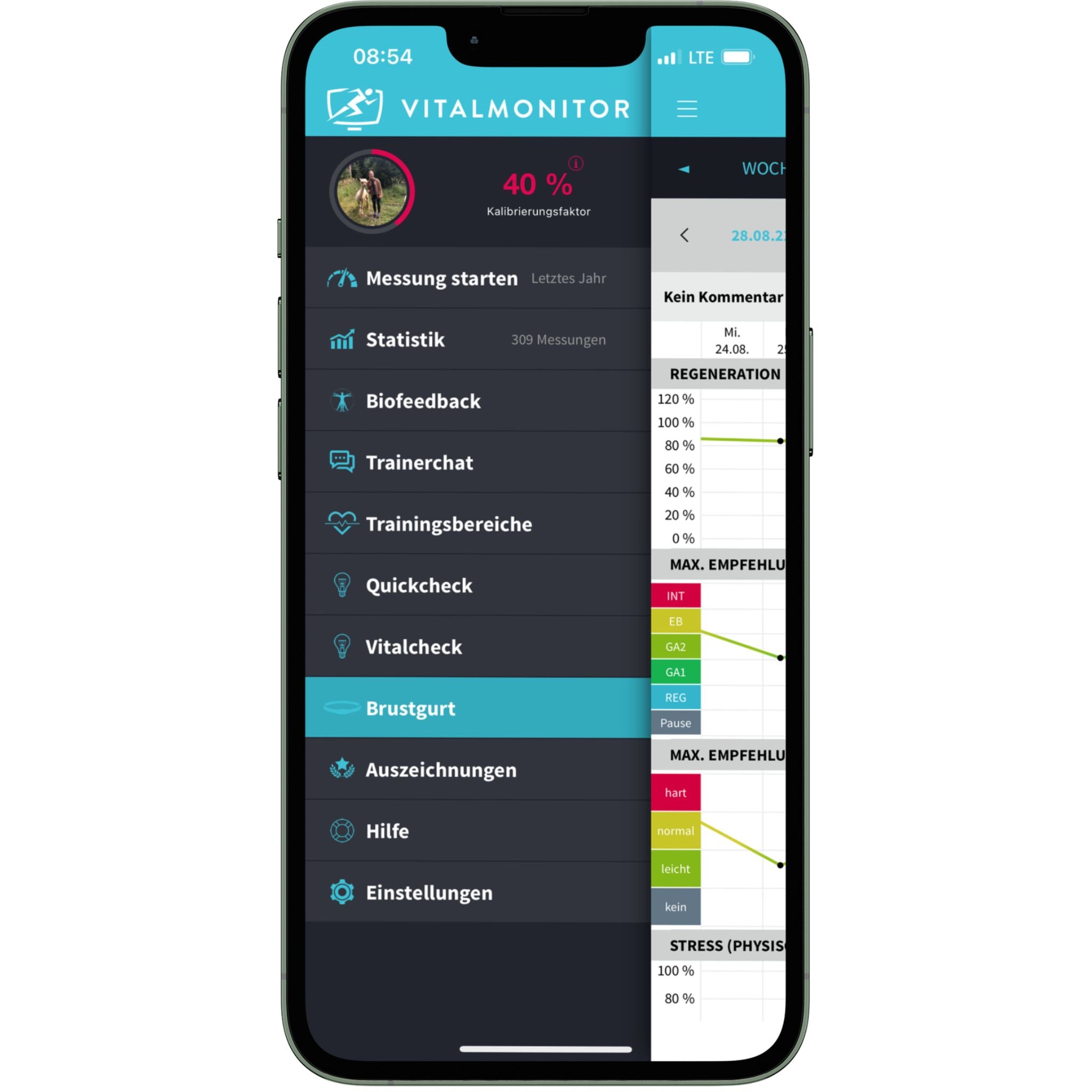
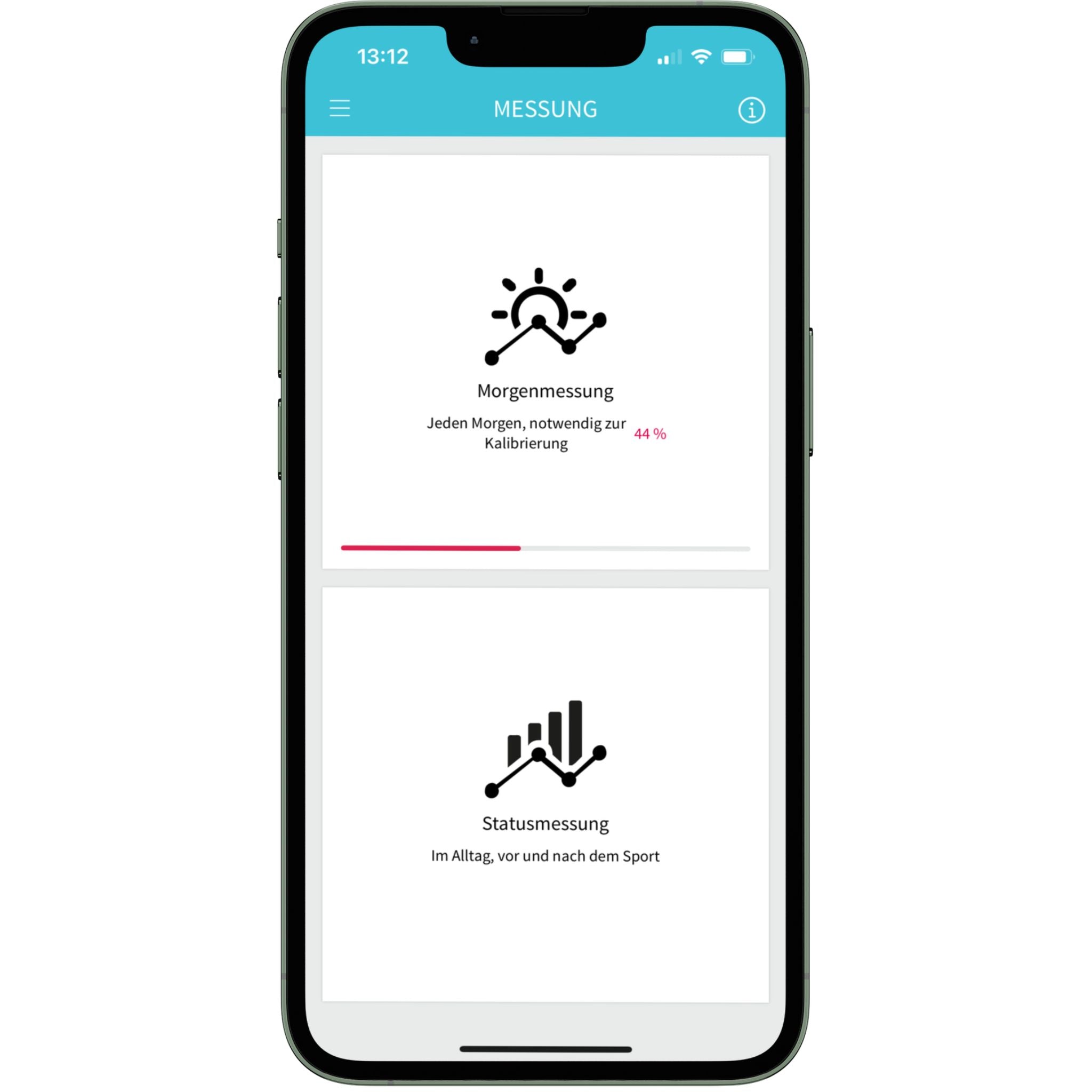
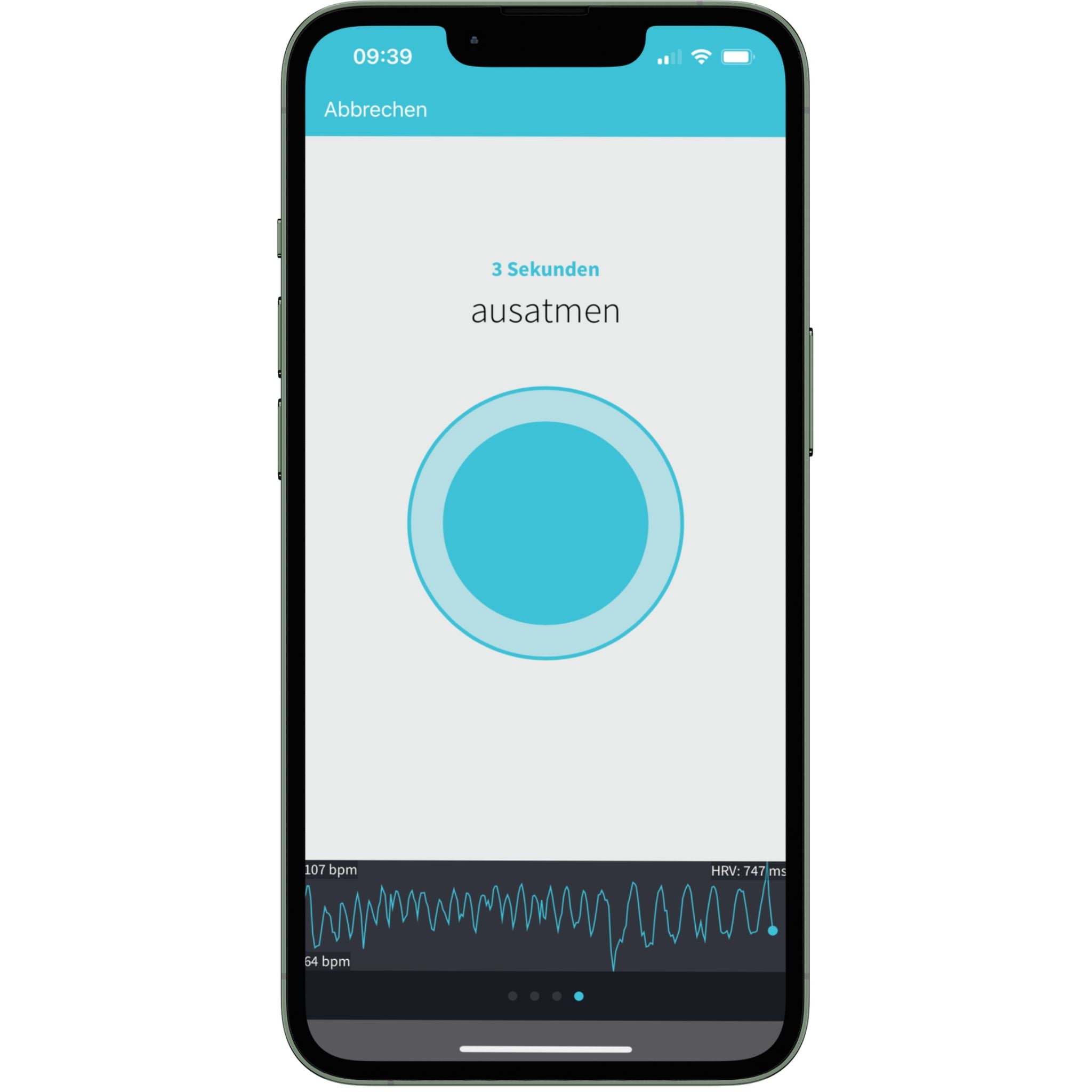
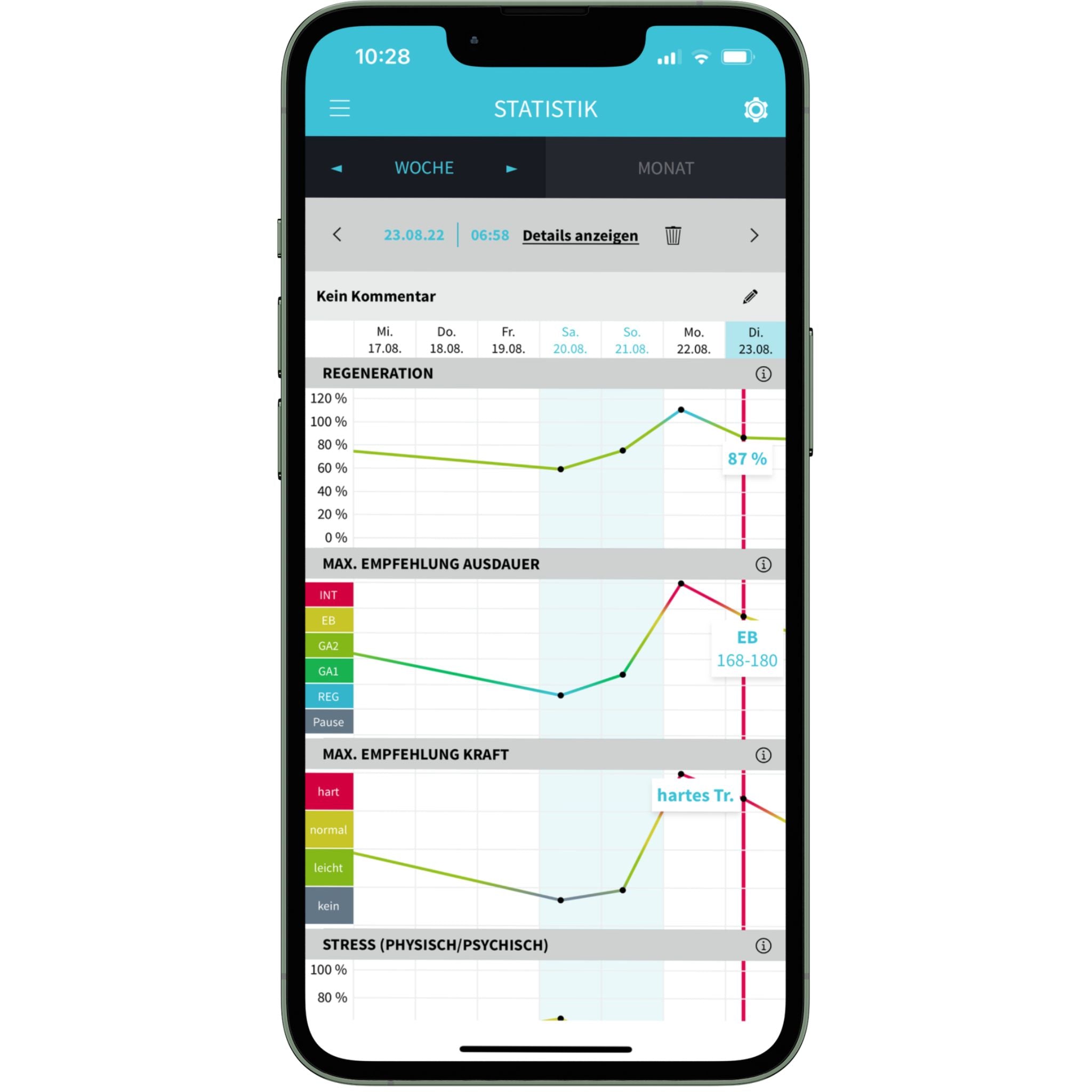
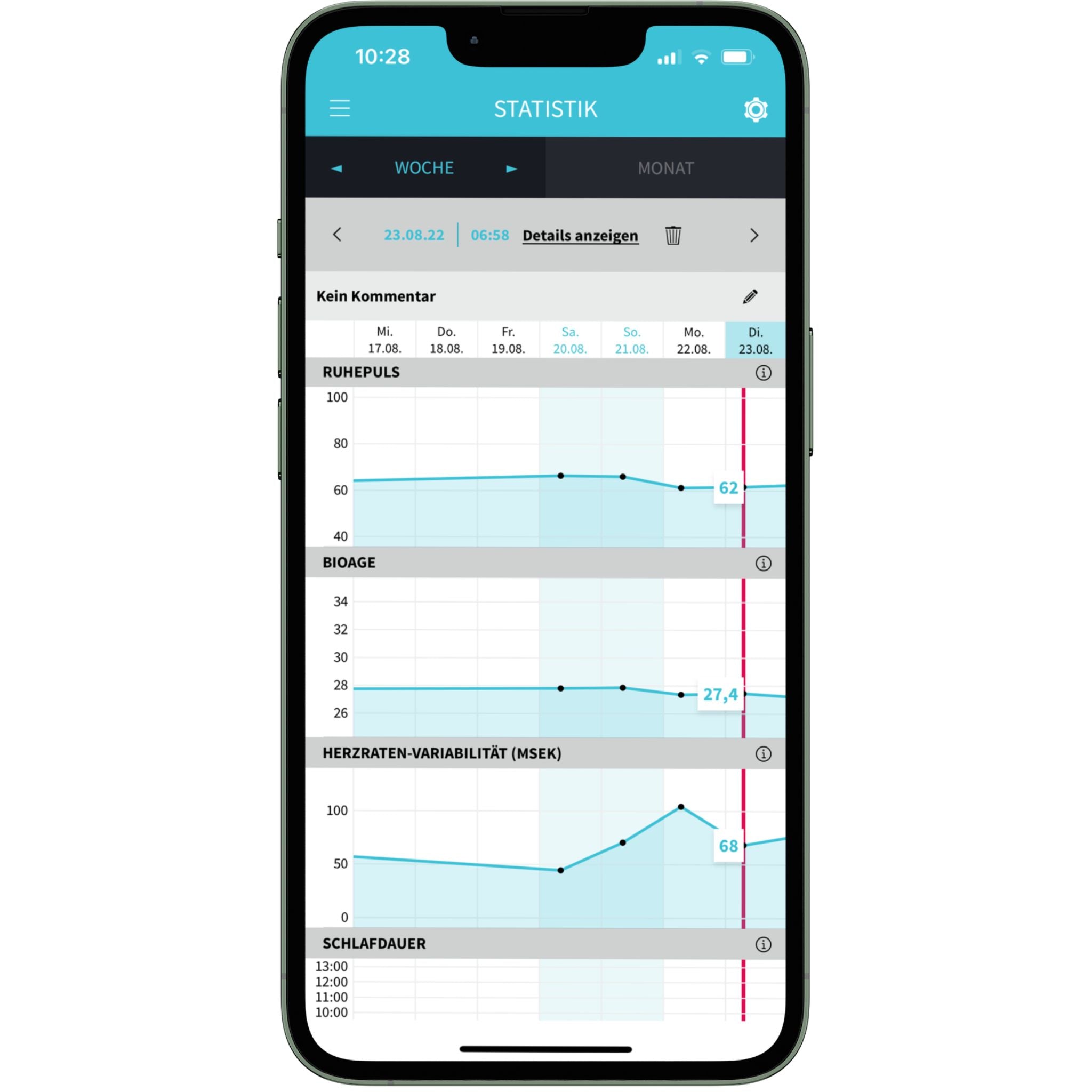
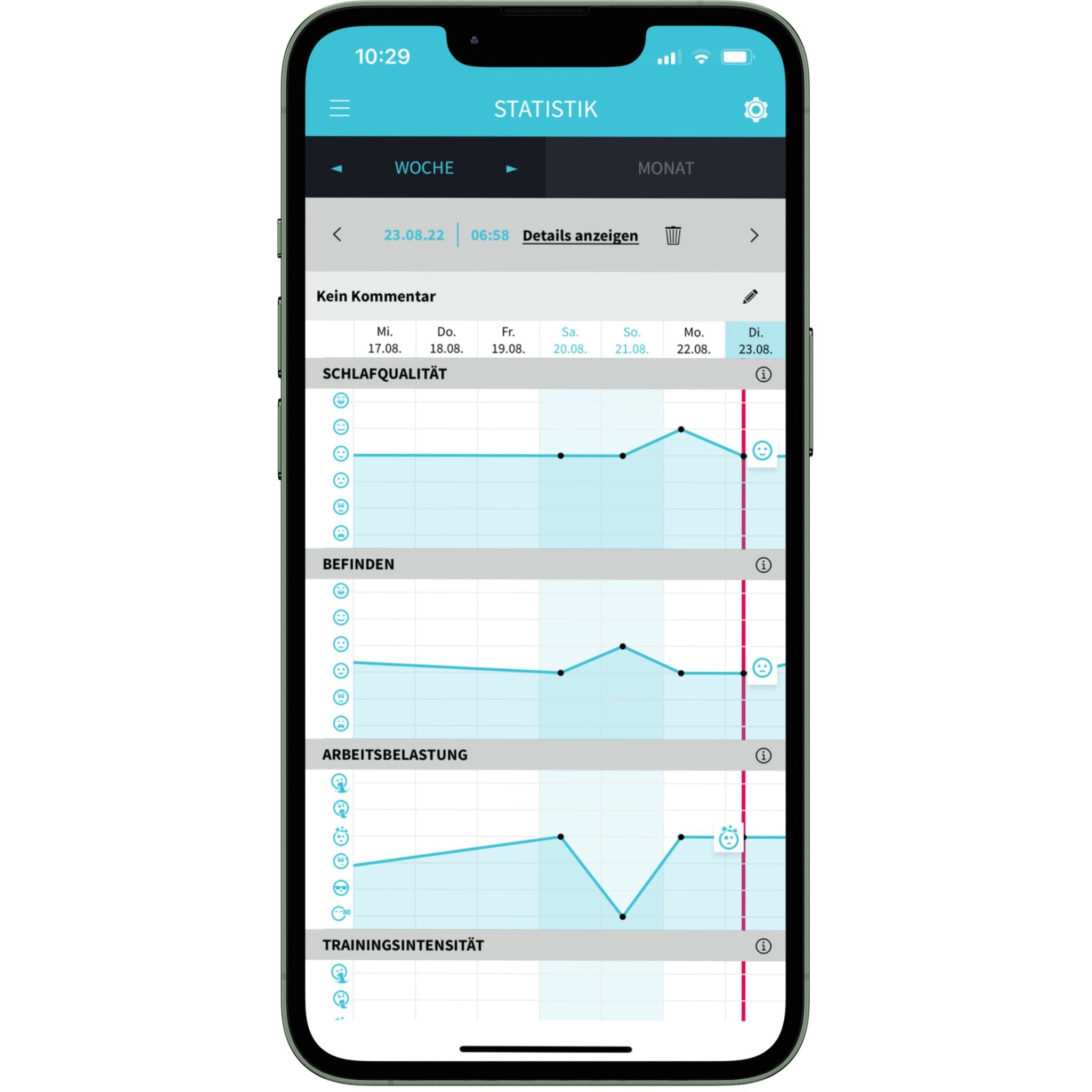
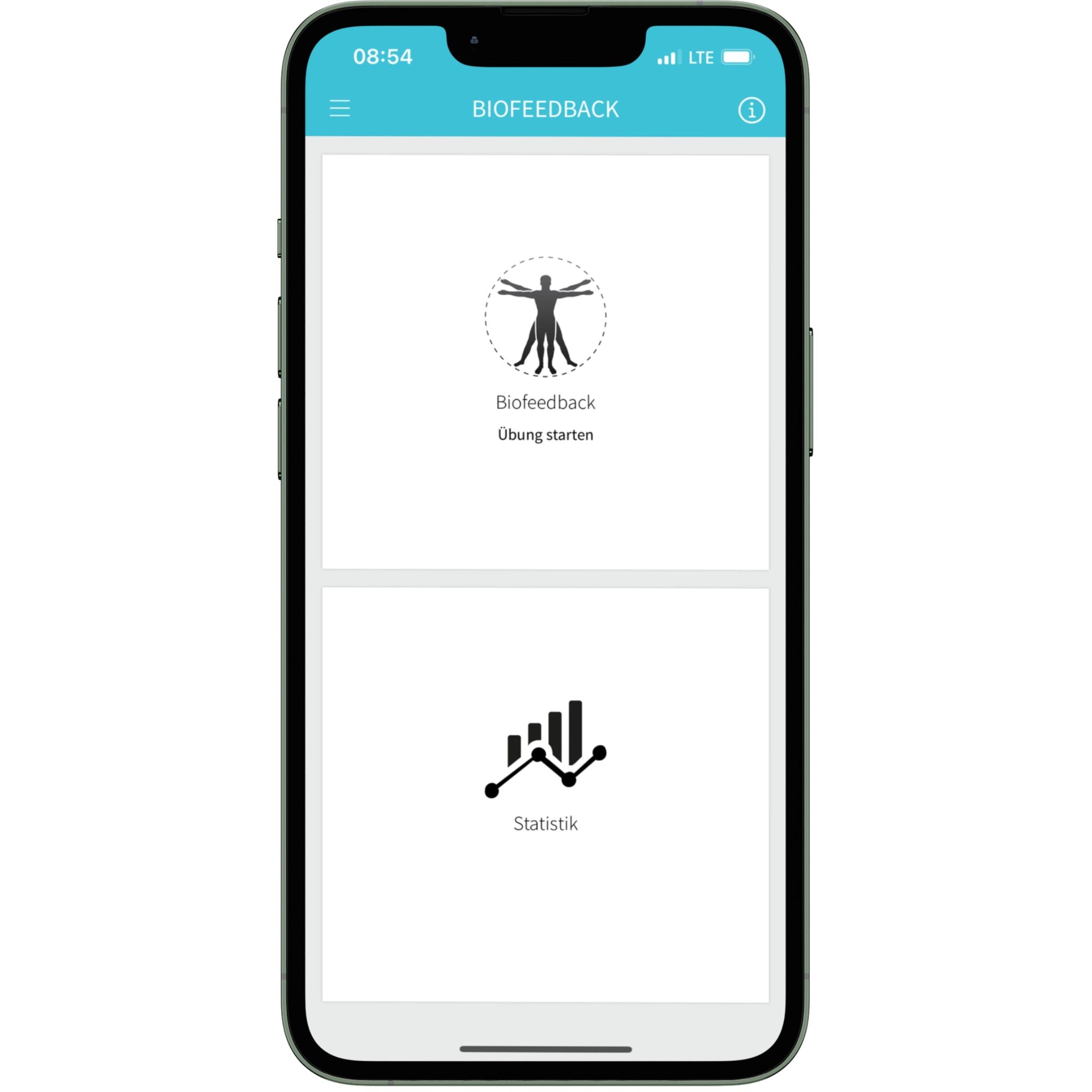

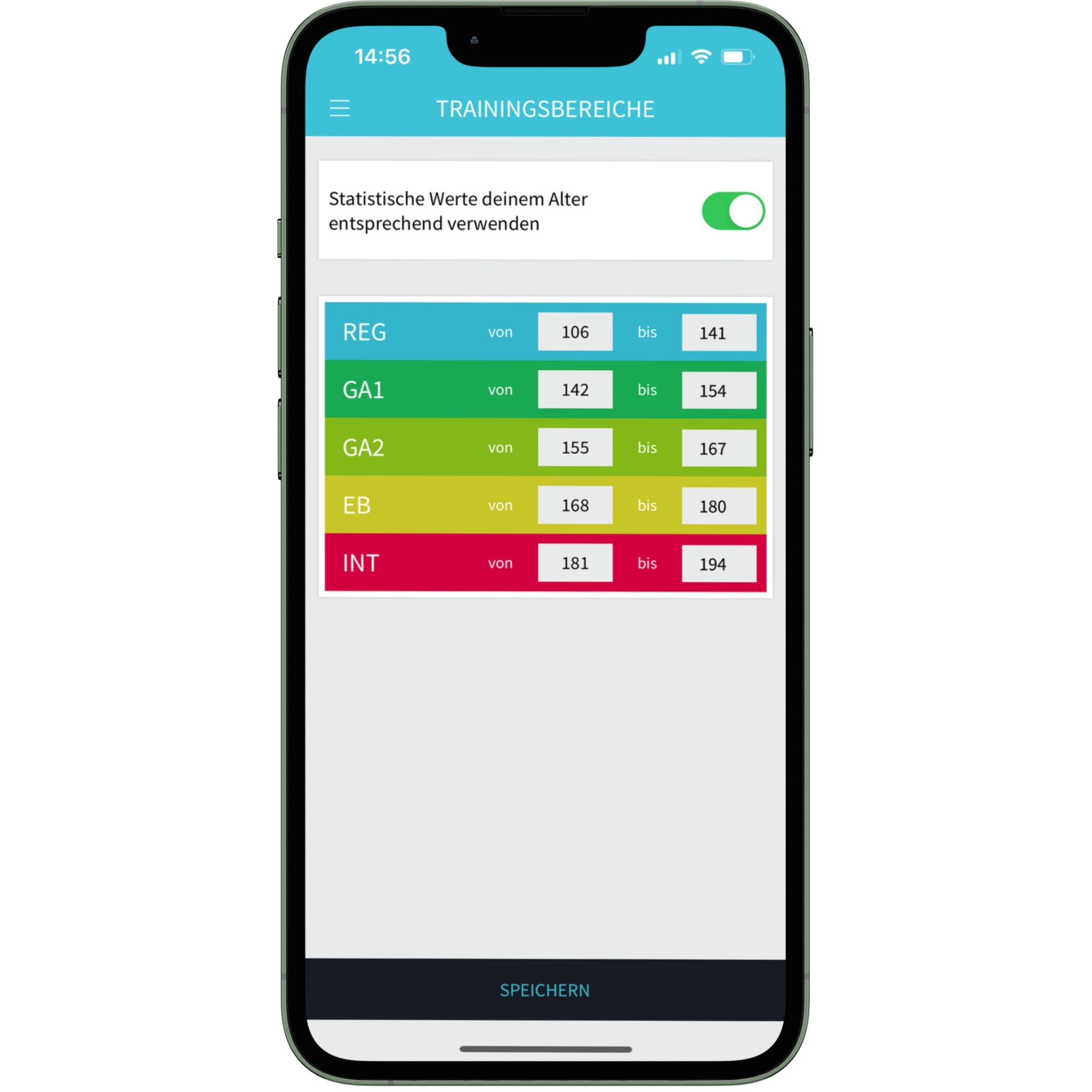
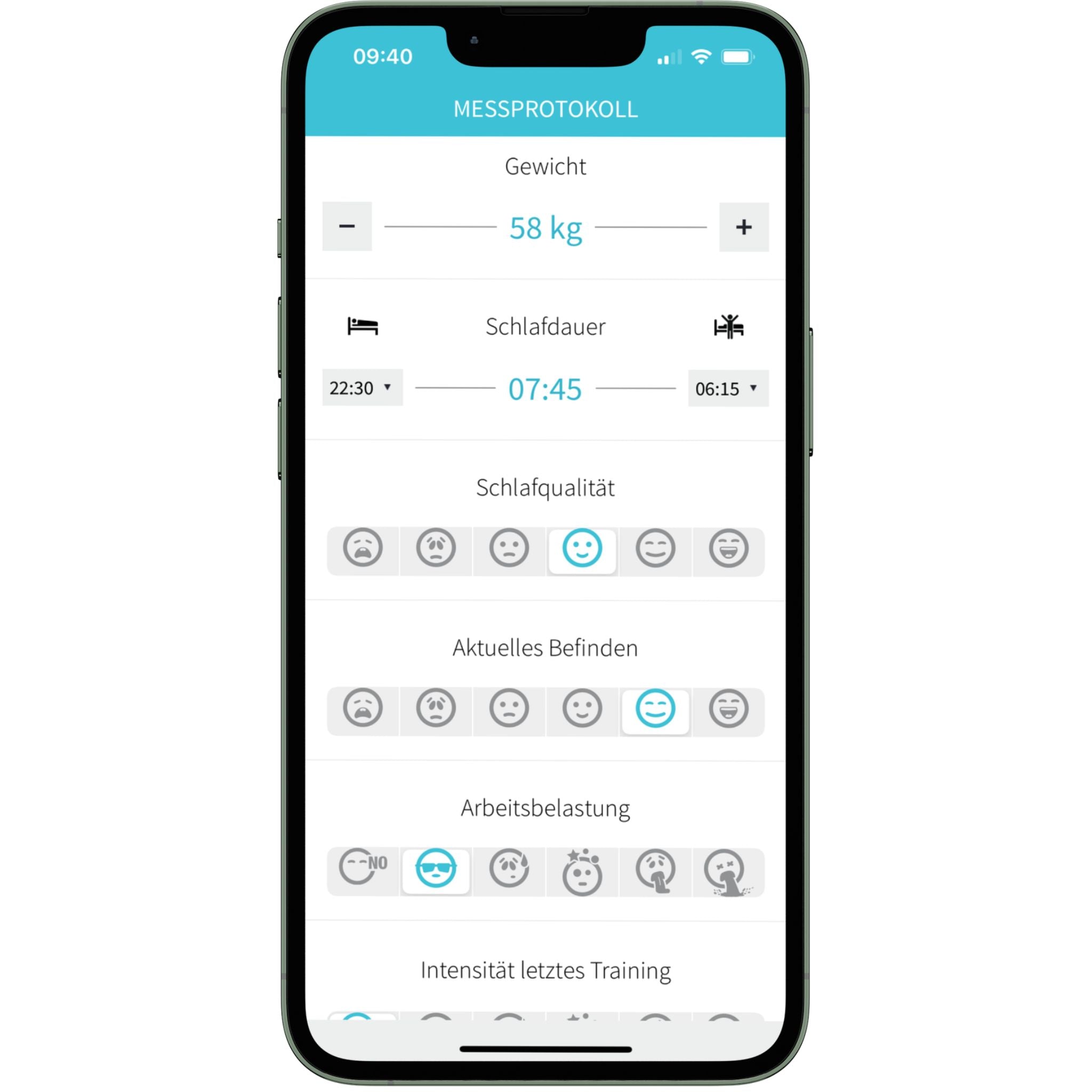
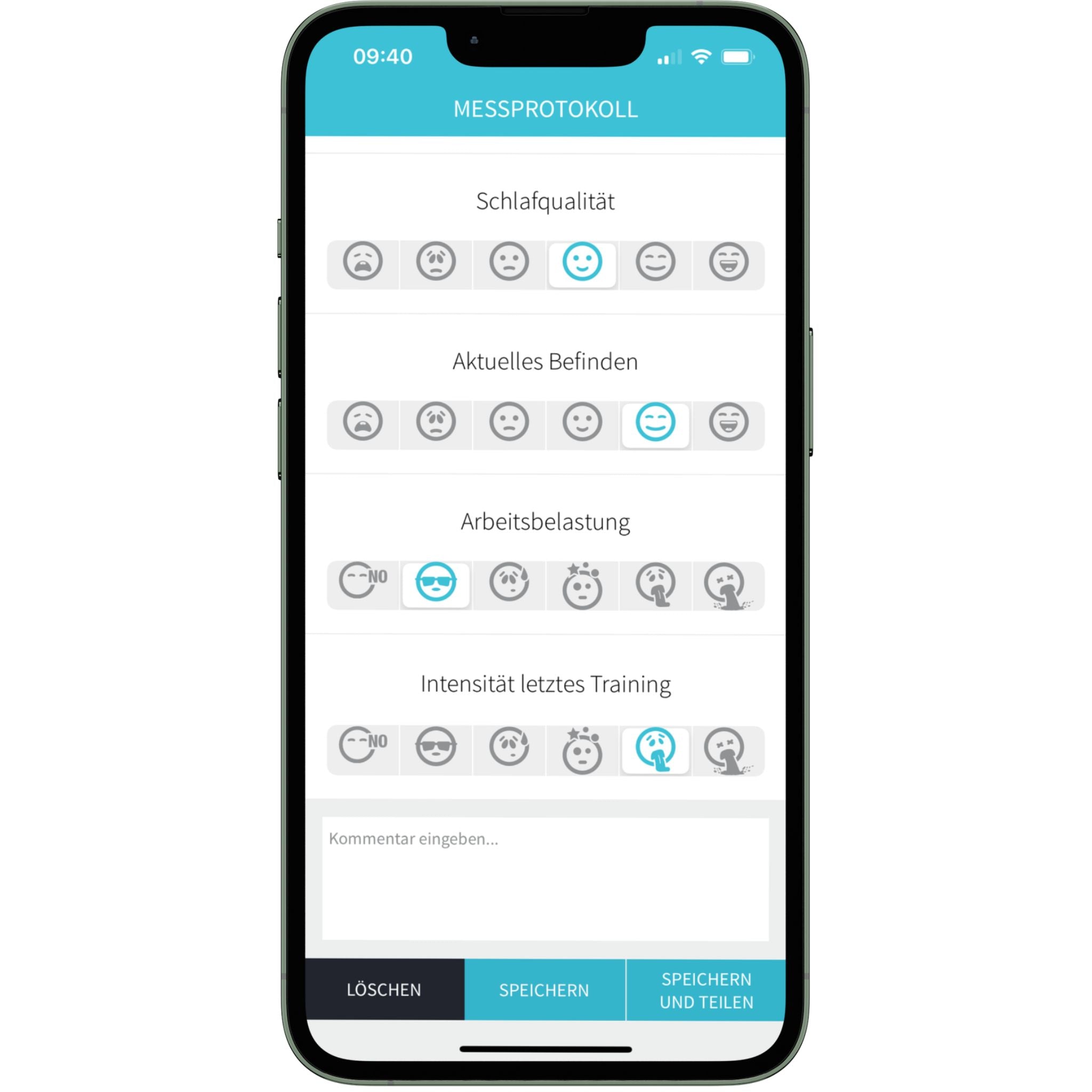
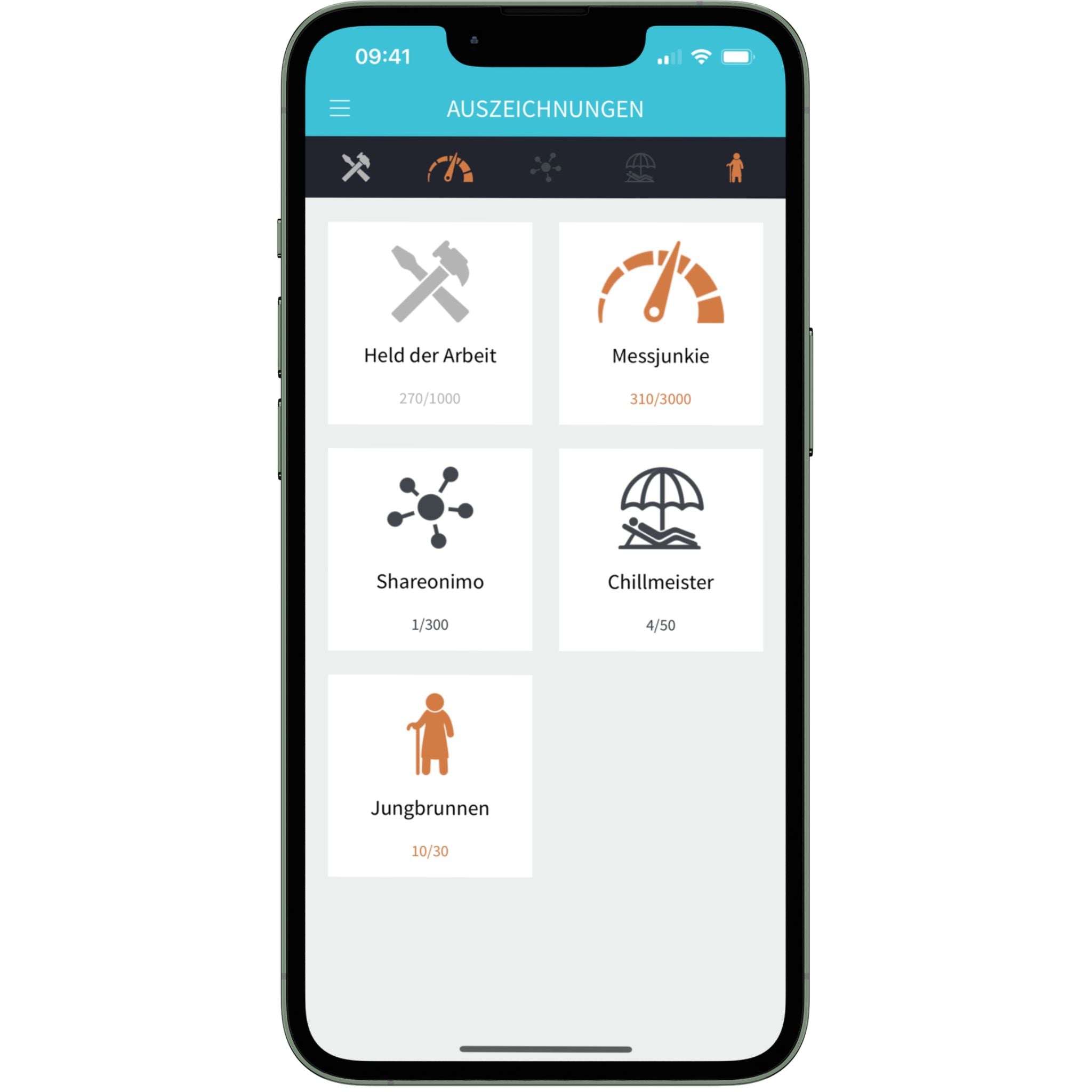

Leave a comment
All comments are moderated before being published.
This site is protected by hCaptcha and the hCaptcha Privacy Policy and Terms of Service apply.